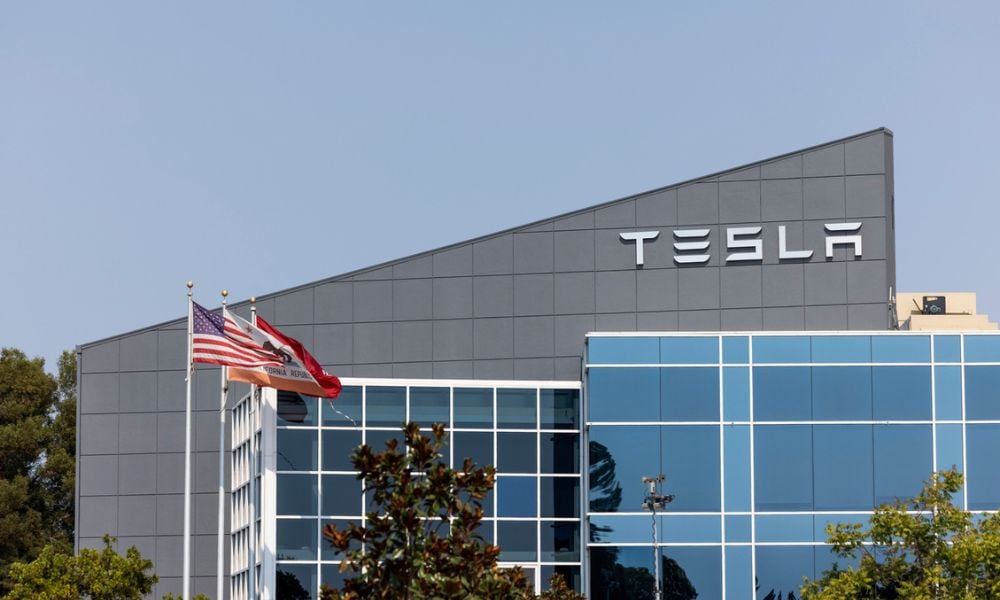HRD spoke to one leading HR director about how to sustain the energy beyond the launch of your HR program
During the planning and launch phases of HR strategies, senior leaders and department heads are often highly involved and engaged. But how do you keep the momentum and stakeholder support going past the heady days of the launch?
Klaus Duetoft, senior director of human resources at eBay Australia and APAC, told HRD that one of the reasons new programs tend to fail is because HR often takes on too much.
This is because HR has a natural inclination to try make projects as big as possible, he added; a trend which may stem from a desire to gain credibility by trying to own something fully demonstrable.
“Therefore the bigger we create it, the bigger the perceived importance and flow-on effect to our credentials.”
However this can actually be highly counterproductive, Duetoft warns.
“While that project might have been perceived as something critical at a moment in time, the reality is when you then get into it, and you lose momentum or lose direction or you don’t hit milestones, then you don’t really make a difference and your credibility bleeds.”
Instead, he advised HR to be realistic about deliverables while managing expectations around these goals.
“I take a ‘less is more’ approach,” he said. “It’s better to do a few things and fundamentally shift the culture or fundamentally impact the business, or set it up for change than to boil the ocean.”
Take time to understand the human dynamics involved, he said. Which parties need to be really engaged to make this work? Who are the lynchpins who can either enable or disable the project?
“There are typically some individuals who are cornerstones that without their active support, it won’t fly,” he said.
HR must also be balanced; “You can’t be a zealot. You see individuals banging the drum and the eyes start rolling. I think you have to be an advocate but stay focused.”
Finally it is important to be practical when tackling future change. Usually HR will be reluctant to say a project will take three years for fear of how the business will react.
“I’m pragmatic – I’ll turn to the business and say, ‘This is what you’ll get after one, two, three years’,” he said.
“So it becomes like a negotiation. It may be that the organisation doesn’t have the appetite for a three-year journey. The reality is it might have the appetite for a one-year journey. That one-year journey might set you up for where you want to be, but maybe just not as far down the track.”
Related stories:
How to secure employee buy-in for major cultural change
Three techniques to help staff embrace change
Designing an HRIS to support globalisation
Klaus Duetoft, senior director of human resources at eBay Australia and APAC, told HRD that one of the reasons new programs tend to fail is because HR often takes on too much.
This is because HR has a natural inclination to try make projects as big as possible, he added; a trend which may stem from a desire to gain credibility by trying to own something fully demonstrable.
“Therefore the bigger we create it, the bigger the perceived importance and flow-on effect to our credentials.”
However this can actually be highly counterproductive, Duetoft warns.
“While that project might have been perceived as something critical at a moment in time, the reality is when you then get into it, and you lose momentum or lose direction or you don’t hit milestones, then you don’t really make a difference and your credibility bleeds.”
Instead, he advised HR to be realistic about deliverables while managing expectations around these goals.
“I take a ‘less is more’ approach,” he said. “It’s better to do a few things and fundamentally shift the culture or fundamentally impact the business, or set it up for change than to boil the ocean.”
Take time to understand the human dynamics involved, he said. Which parties need to be really engaged to make this work? Who are the lynchpins who can either enable or disable the project?
“There are typically some individuals who are cornerstones that without their active support, it won’t fly,” he said.
HR must also be balanced; “You can’t be a zealot. You see individuals banging the drum and the eyes start rolling. I think you have to be an advocate but stay focused.”
Finally it is important to be practical when tackling future change. Usually HR will be reluctant to say a project will take three years for fear of how the business will react.
“I’m pragmatic – I’ll turn to the business and say, ‘This is what you’ll get after one, two, three years’,” he said.
“So it becomes like a negotiation. It may be that the organisation doesn’t have the appetite for a three-year journey. The reality is it might have the appetite for a one-year journey. That one-year journey might set you up for where you want to be, but maybe just not as far down the track.”
Related stories:
How to secure employee buy-in for major cultural change
Three techniques to help staff embrace change
Designing an HRIS to support globalisation





